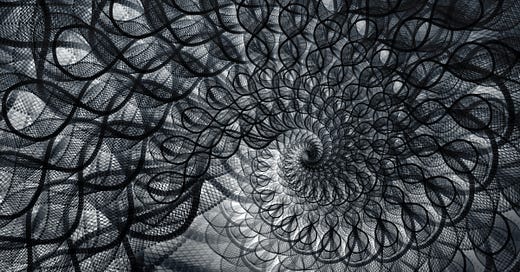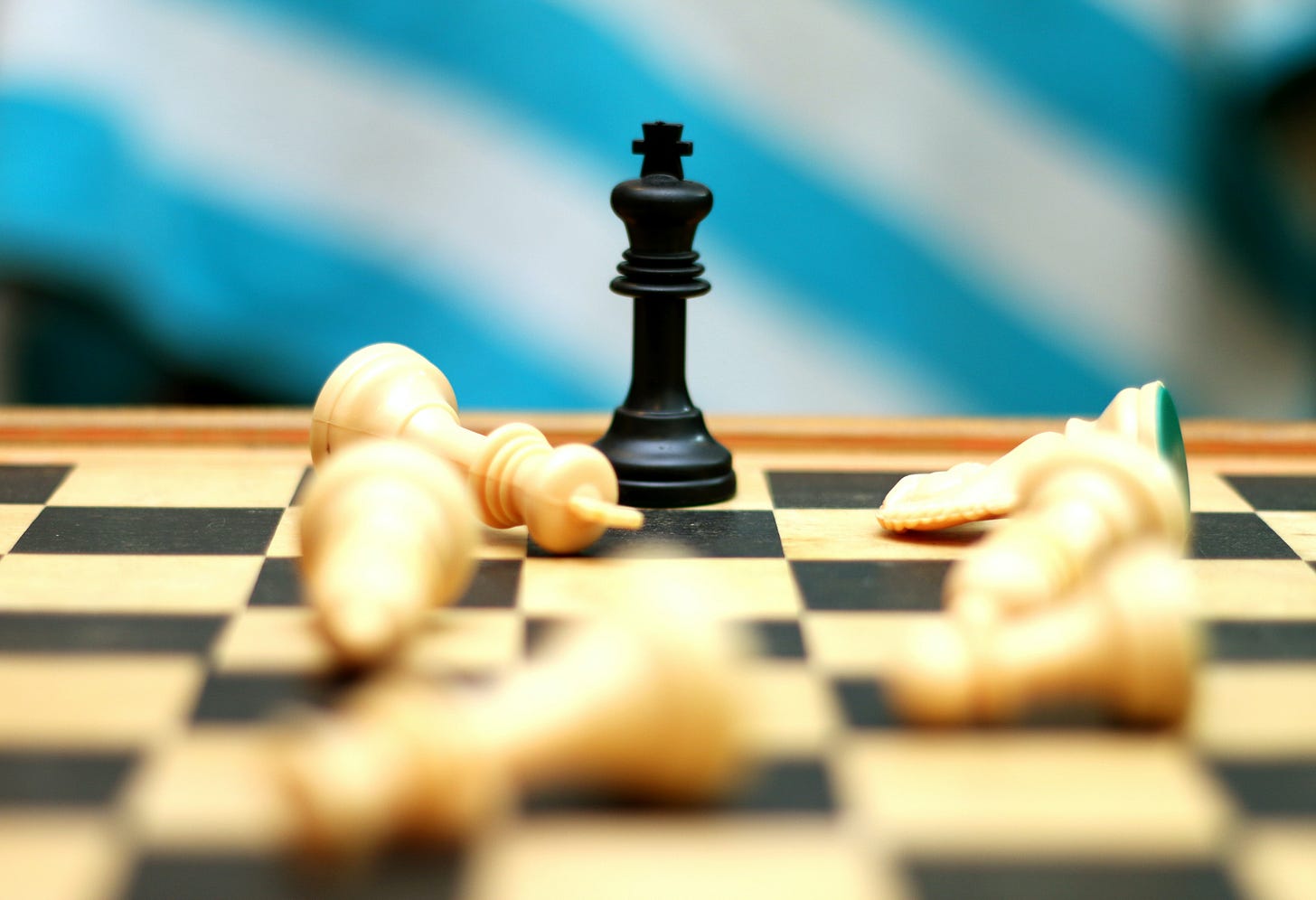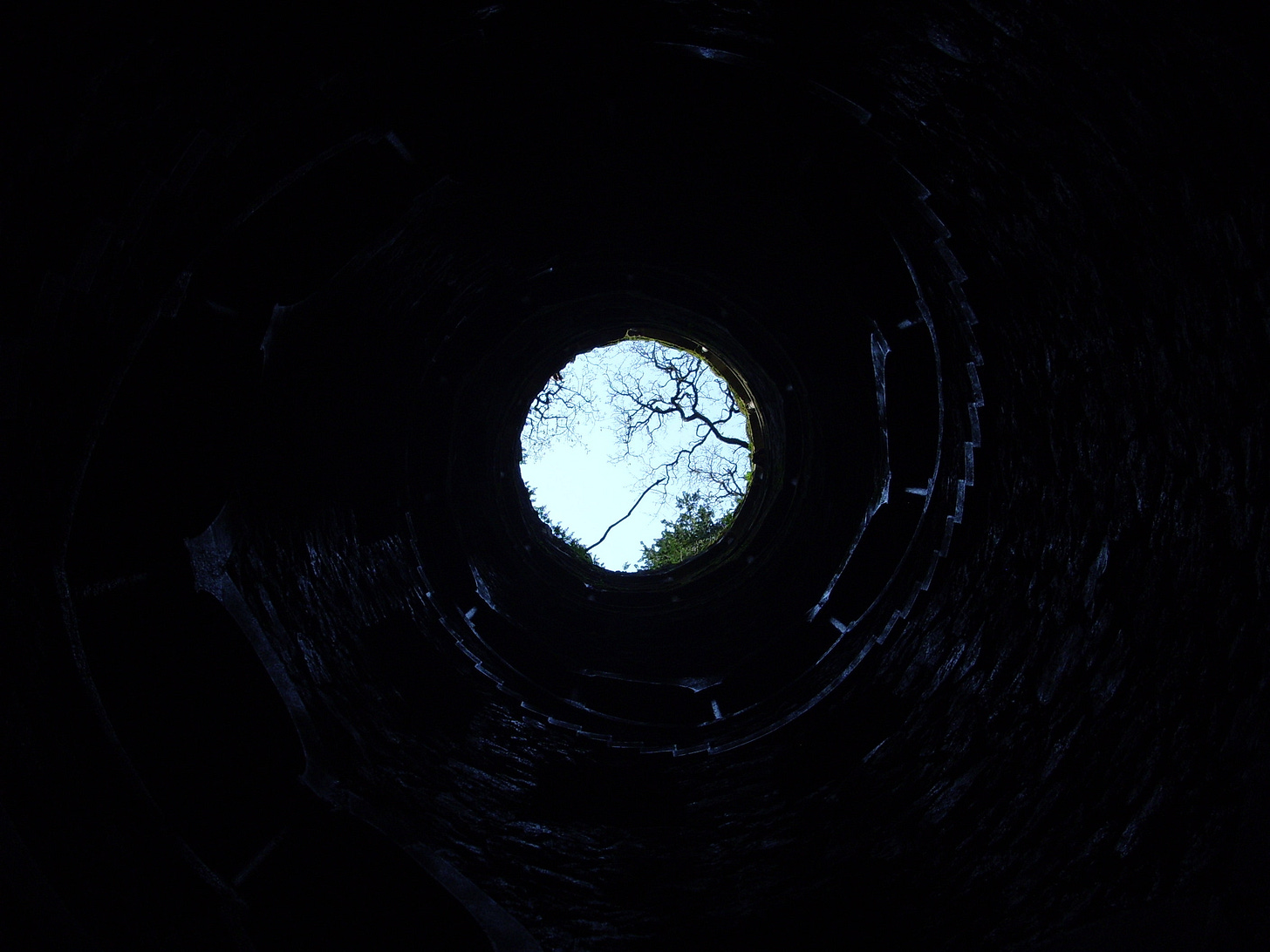#23 - It's Defence Mechanisms All The Way Down 🛡
How the Trauma-Defence Mechanism Cycle Controls Our Lives
Hello lovely people!
Welcome to the newest edition of Long Way Home🏡, a weekly newsletter where I discuss topics of creativity, emotional intelligence, and happiness. Today's topic is one I've been thinking about for a long time. Once I really internalized the core principle, I started seeing it everywhere. It felt like the entire world made a little bit more sense. And I love ideas like that. I hope that this idea helps your world make a little bit more sense too.
If you were forwarded this newsletter, subscribe by hitting the button below.
In this week's LWH🏡:
💫 - It's Defence Mechanisms All The Way Down by Vandan Jhaveri
🎙 - Secrets by This American Life
📃 - Larry Fink's 2021 Letter to CEOs by Larry Fink (BlackRock)
🎥 - guy in vr talks about their worst day as a soldier by Syrmor
If you enjoy LWH🏡 and believe others could find value in it, please forward it to a friend. I’m always looking for fresh feedback from new readers and the idea of somebody I don’t even know learning something new from something I’ve written makes me giddy. If you forward the newsletter to just one person and you tell me about it, I guarantee you will make my day. Thank you so much in advance.
Let’s get to this week’s post.
It's Defence Mechanisms All The Way Down
I recently read one of the most impactful Twitter threads I have ever read. It wasn't about building businesses, growing wealth, or finding motivation. It was about a man's journey to rekindle his relationship with his parents.


I urge you to read the entire thread, especially if you have (South) Asian immigrant parents. Joseph’s relationship with his parents before he consciously improved it sounds eerily similar to how many of my peers would describe their relationships with their parents, myself included.
Living at home these past two years, I've had the luxury of getting to know my parents with the newly added benefit of a fully formed prefrontal cortex and (most of) my teenage immaturity behind me. I've grown a deeper respect for who they are, what they've accomplished, and the upward mobility they have achieved in just one generation. Observing their thought processes and actions has also helped me develop interesting models for understanding behaviour.
One of these frameworks is the self-perpetuating trauma-defence mechanism cycle and the role it plays in explaining behaviour several generations removed from the original trauma. Understanding trauma we all experience and unlearning the subsequent defence mechanisms we develop unlocks hidden value in our relationships and simplifies our life, enabling us to perform with new clarity and focus.
I Think, Therefore I Hurt
The older I get, the more I believe that we are products of our environment more than we like to admit. We feel powerless in determining our own destiny if we lean too far to the “nurture” end of the spectrum, but I believe that we are all a culmination of defence mechanisms that develop in response to our surroundings. Our choice, where "nature" may be able to plant its stake, lies in to what extent we allow our defence mechanisms to manifest. Unfiltered, we will revert to raw defence mechanisms in the face of any perceived conflict.
As children, we develop adaptive traits to help us cope with unavoidable pain caused by our environments. These traits protect us, defending us from even more severe harm. Once engrained enough, like concrete hardening over time, these traits and thought patterns solidify as permanent fixtures of our personality and emotional experience.
Big-T Trauma isn't the only kind of harm that should come to mind when we discuss childhood pain. Little-T trauma affects us deeply, and most of us are in the habit of discrediting its effects. And we all have our traumas. Harm doesn't discriminate. Regardless of your family's geography, income level, race, religion, family structure, and parenting styles, some form of trauma is inevitable. Thus, developing defence mechanisms is equally inevitable.
Despite the connotation, we should be thankful for our defence mechanisms. We are fortunate to have brains so elastic that they are able to morph and inspire behavioural changes that minimize long-term harm. In the environments that we are raised, these adaptive traits keep us safe and allow us to function normally.
When Adaptive Becomes Maladaptive
The issue arises when we are taken out of the environment for which our defence mechanisms developed, and we are placed in a new environment with new social and emotional demands (e.g., school, new friend circles, a new relationship, a new culture). Suddenly, the defence mechanisms that so successfully protected us begin to harm us. Our defence mechanism activation tends to go into overdrive. We imagine threats based on old scripts, our fear responses are triggered disproportionately, and we miss new threats we don’t know how to recognize.
The know-it-all attitude we developed to impress adults and win praise makes us annoying and attention-seeking to our school-aged peers. The loud expressiveness we developed to be heard in a house full of siblings makes us abrasive in our friend group. Our practical, emotionless approach to survival, necessitated in a house with little money, makes us cold and distant as parents.
Like a militia with finite resources, reinforcing some fronts leaves others poorly protected. Once pressure is applied to these weak areas, vulnerabilities are exposed. Our attempt at solving one problem creates holes that become painfully visible once our surroundings change.
Intergenerational Consequences
The trauma-defence mechanism cycle has intergenerational consequences, illustrated by this fictional example:
The war takes Dad 1 away. Mom 1 needs to learn how to raise Child 1 with little money and little support. Child 1 is forced to grow up quickly and help Mom 1 support and raise their younger siblings. Child 1's child-like sense of wonder and creative ambitions atrophy, replaced by a harsh pragmatism. Once Dad 1 returns from the war, the PTSD makes him unrecognizable. He is always irate and is impossible to connect with emotionally. Child 1 becomes further avoidant in their tumultuous home. Child 1 grows up to be Mom 2.
Mom 2 is never able to develop a sense of self and understand her own nature well enough to respect and appreciate her multifaceted child, Child 2, whom she has with Dad 2, a product of a similar home environment. Their marriage was one of practicality and did not exhibit much warmth or affection for Child 2 to observe. Mom 2 perpetuates the harsh pragmatism that she was raised with, fostering a distant and cold relationship with her artistic, less regimented child. Mom 2 believes Child 2 doesn't understand the unkind realities of life. Child 2 believes Mom 2 doesn't appreciate her unique individuality or respect her as an intelligent, capable, driven young woman who doesn't need constant coaching. Child 2 develops a desperation to be out from underneath the unforgiving and watchful eyes of her parents and craves encouragement and affection. As a result, she stays in a relationship with a man that mistreats her often, periodically showering her with attention when opportune. Child 2 becomes Mom 3, giving birth to Child 3 with abusive Dad 3.
Child 3 grows up witnessing how abusive Dad 3 harms his mother. Child 3, internalizing that trauma, develops poor drinking habits when he eventually finds himself in university for his undergraduate education. Child 3 struggles with healthy intimacy, has estranged his dad, and is deeply resentful with Mom 3 for staying in an abusive relationship. Child 3, however, doesn't have the tools to process his pain, and therefore finds ways to numb them so he can function and fulfill his academic, professional, and relationship duties.
It's defence mechanisms all the way down.
The above example, albeit extreme and grossly oversimplified, demonstrates the cause-and-effect relationship between trauma and defence mechanisms. Every poor habit and quirky tendency has its origin in a trauma that inspired that behaviour. Of course, each individual has their own agency and influences run far beyond our familial dynamics, but indisputably, early childhood experiences have major implications for how we develop psychologically and behave late into adulthood.
Breaking Curses
This repetitious cycle perpetuates itself until someone develops the emotional tools required to break it. For this, there usually needs to be somebody in the family willing to have difficult conversations and ask tough, awkward questions. This is universally challenging, but can be even more difficult in conservative cultures where guilt and shame run rampant. Family may tend to feel additional pressure to "protect" relatives by lying about shameful behaviours. They may also not be able to answer many questions, the answers to which are secrets long lost to time. This makes understanding the true relationship between cause and effect impossible to grasp.
Understanding people as culminations of defence mechanisms can redirect our anger from individual family members to the very systems of guilt and shame that inspire our defence mechanisms in the first place. In other words, being angry at our parents for the way they are is futile. They are merely a product of their environments, just like we are a product of our own. Since they weren't able to receive the help they needed to healthily process their pain, they adapted.
We should instead aim our frustrations at the silent cultural and household rules that made it impossible to thoughtfully acknowledge the trauma and initiate the arduous healing process.
Why It Matters
Without deeply understanding the cycles of trauma and defence mechanisms that we come from, we will always be subject to the whims of our instinctual responses, however destructive and hurtful to those around us. It takes years of deliberate practice to identify and unlearn our own fear responses and to replace them with more productive reactions.
As always, however, the first step is awareness.
Unlearning our defence mechanisms makes our reactions more deliberate, less emotional, and more productive. Reacting from a place of thoughtfulness results in stronger, warmer relationships and paves the way for ending the trauma-defence mechanism cycle.
For the first time in history, young people today are in a position to learn the emotional tools necessary to do the work, connect with others committed to similar work, and witness examples of healthy trauma responses. We should take advantage of this—for everybody's benefit.
Question: Which of your defence mechanisms are maladaptive for the life you now live? How are those defence mechanisms holding you back and/or hurting the people around you?
Defensively,
Vandan🏡
@vandan_jhaveri
🎙 - Mum's The Word
There's a unique feeling when we have a secret clawing at our insides, itching to get out. This American Life's most recent episode showcases a few gut-wrenching stories of why people disclosed their secrets when they did, and the impact their secrets had. As always, the storytelling and the writing are top-notch throughout.
Lately, I've been so fixated on consuming "productive" media for the purposes of learning something, but listening to this breathed new life into me. I think it's so important for my writing to be exposed to different mediums and writing created for different audiences to keep my inspirations diverse.
📃 - GreenRock
Founded in 1988, BlackRock has quickly become the world's largest asset manager in the world, controlling around $9 trillion USD. That's trillion, with a T. Because BlackRock controls so much of the world's money, where it chooses to invest it can inspire global shifts in attitude. Larry Fink has sat at the top of BlackRock since its founding and has a thing or two to say about fiscal responsibility.
Each year, Fink sends a letter out to the CEOs of the world to let them know what's on his mind and how he plans to prioritize investments for the year ahead. His 2021 letter to CEOs is dedicated to the severity of the climate crisis and the responsibility, and investment opportunity, businesses have in fighting climate change. Read here to see how one of the most financially powerful people in the world urges businesses around the world to make sustainability-focused decisions in their businesses.
🎥 - Beside Himself
Virtual reality has been used a therapy tool for victims of PTSD. Virtual reality immersion therapy (VRIT) allows the patient to dissociate enough from their body to be able to cathartically speak about traumatic experiences without triggering a visceral fear response. It's a fascinating intersection of health and technology that will only get more popular.






